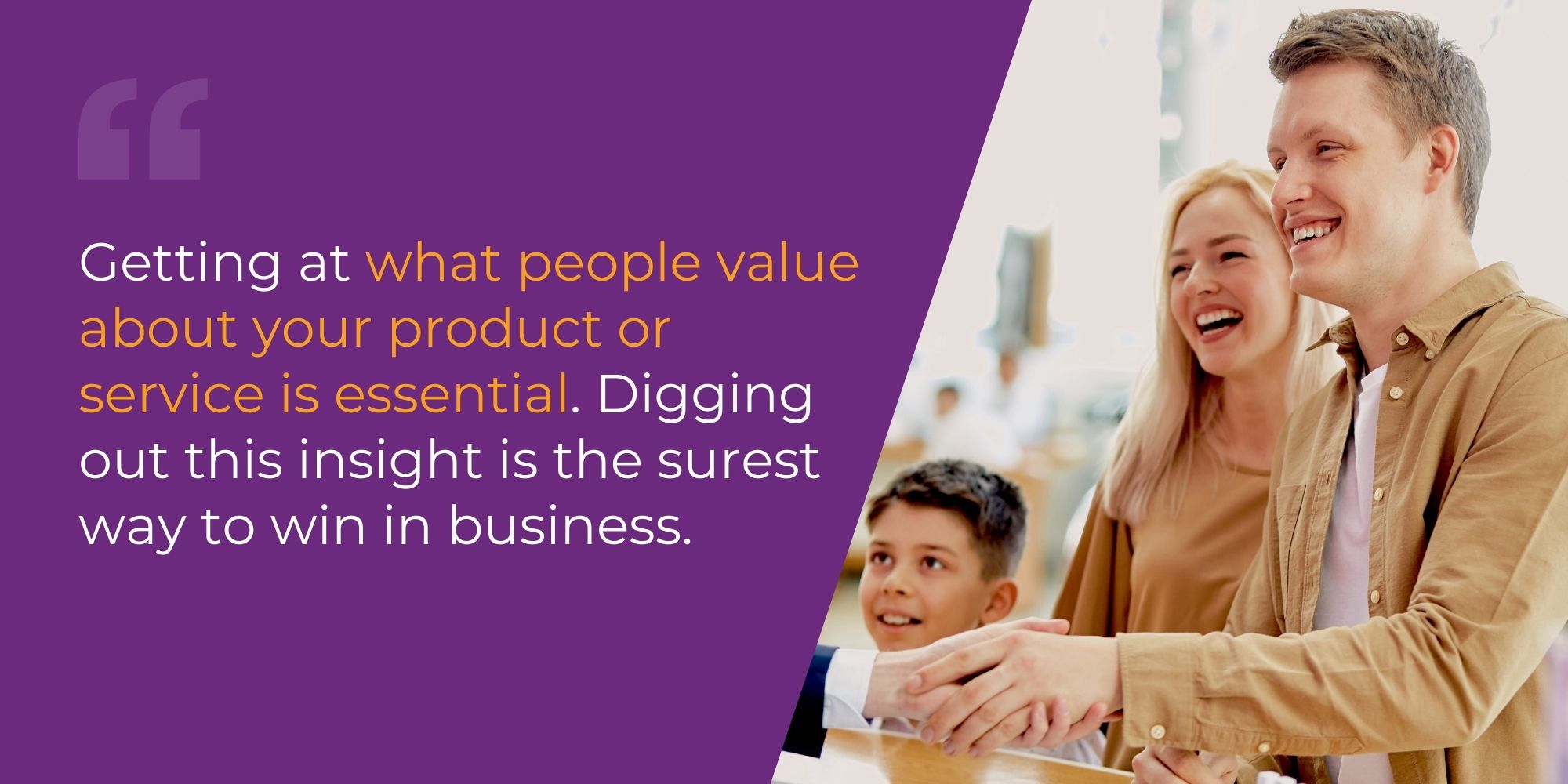Learn more about Colin Shaw: Join over 80,000 people on our LinkedIn Newsletter list or visit our website for more great podcast episodes.
Listen to the podcast:
One of the things I talk about a lot with clients is customer emotions. The reason I do is because over half of any experience is highly influenced by customer emotions, which, among other things, motivate customers to act. The funny thing is that sometimes that motivation is hidden, even from the customer. It’s our job to determine what it is.
But how should you do it, and why is it important? Both are fair questions. To get us started with our answer, we turn to Eckhart Boehme, Founder and Managing Director of Unipro Solutions, who contacted us as part of our podcast’s “None of Us Are as Clever as All of Us” feature, where people submit their ideas, and thoughts, opinions, reports, statistics, or whatever else. I thought I would share it here as well. Let’s hear what Boehme has to say.
First, I want to thank Boehme for taking the time to submit the video. Next, it’s interesting that Boehme thinks that many organizations struggle to understand how customers want to improve their lives and to translate these insights into an effective product, marketing, and sales strategy. I also appreciate how Boehme’s organization helps its clients grow faster by assisting them to align their customer experiences around the idea of jobs to be done.
So, what does a job to be done have to do with customers? As Boehme says, a job to be done is the customer’s expected outcome of buying or using a product or service. Therefore, Boehme says it is essential for organizations to understand the job to be done by their product or service so the company can design their experience around it.
The Jobs to be Done Framework was developed years ago at Harvard Business School through Clayton Christensen. In many ways, it is the Targeting and Positioning framework with some nuances and updates. Whichever marketing principle you embrace, the general idea is that you understand what problem customers are trying to solve and provide them with a solution.
I like how this framework allows companies to think differently about how customers use their products or services. It reorients you away from the product and service and towards the customer motivation, which is a concept I endorse.
Let me give you an example I was taught years ago in business. Suppose your product is a drill. The features and benefits of the drill are that it has a bit (feature) that spins at speed (feature) to cut through materials (benefit) and makes a hole in the wall (benefit). This sequence is the classic features and benefits slant businesses often use in marketing.
However, the Jobs to Be Done framework takes it to another level: the underlying need for the hole. Now, at first glance, you might think the person wants a drill to make a hole in a wall, and you would be right. But the Jobs to Be Done framework makes you wonder why the person using the drill wants a hole. What is their motivation? In this case, let’s say it is to hang a picture.
So, the motivation here is to use the drill to make a hole to hang a picture. Hanging the picture is the “job to be done.”
One good thing about the Job to Be Done framework is it’s simple to understand. The customer has a job to do, and I can understand that as a marketer. What isn’t as simple is figuring out exactly what the job is. Getting your head around that requires really understanding your customers.
Also, using the word job allows you to think about customers as hiring managers giving your product a job. If your product does good work, they will keep the job. If it doesn’t, it could get sacked.
The one criticism I have of the framework is it can be simple to understand but challenging to implement. Boehme recognizes that, too. His company developed an entirely new framework to get to the underlying motivation.
You might have heard Boehme mention in the video the Wheel of Progress, which is a business tool that helps organizations understand customer progress:
As you can see, the Wheel combines four phases of the customer journey with jobs to be done: awareness, expectations, experience, and tradeoffs. It also encourages collaboration by visualizing the stories of customers struggling to make progress. Ultimately, the tool helps companies form a strategy for a shared purpose based on data that matters and helps customers make progress on the job to be done.
The Gucci Wallet Conundrum
My issue with the whole Jobs to Be Done framework is understanding how one determines a job. Perhaps more specifically, where does the exercise to uncover a customer’s hidden motivation stop?
For example, I bought a Gucci wallet in the past, presumably so my credit cards were available. However, carrying around the credit cards wasn’t really the job of the Gucci wallet. Any wallet can carry around credit cards. So, if that was the job, why buy an expensive brand like Gucci?
The real job to be done was hidden, but when you factor in the aspirational nature of a brand like Gucci, it seems obvious in retrospect. I bought it because it improved my self-esteem, making me feel I had reached a new level of status or importance.
Moreover, I could also signal to other people that I had reached that level. So, I am buying the wallet to signal others that I can buy a Gucci wallet. The job to be done by the Gucci wallet was to signal to others that I had arrived.
So, do we stop there? How far does this rabbit hole go? How many levels of psychology do we go to determine the job we are hiring a product and service to do?
I don’t have a satisfying answer to this one. The closest I can come is that there is no one job that a Gucci wallet can do. What job it is hired to do depends on the buyer. These jobs are determined by the segments of buyers whose benefits we understand and whose values are shared by the group.
Understanding those different values is key. Suppose you were building a vacation resort. Some people book a vacation to relieve stress; others might be investing in quality family time, and others may be booking a romantic getaway or an exciting adventure. All are legitimate reasons or jobs that people are booking a vacation. However, one resort is unlikely to excel in all these areas. In this situation, the resort must pick a target vacationer segment and position the resort to provide the value they seek.
So, What Does This Mean to You?
The Jobs to Be Done framework is a great thing to have out there. Even better, it’s popular, and people are talking about its principles because it provides the most fundamental insight in business: understanding your customers and why they do what they do. In an ideal world, you would realize this motivation better than customers.
Clever research can help with this effort. Getting at what people value about your product or service is essential. Digging out this insight is the surest way to win in business. Understanding the motivation people have as customers along with the Job to Be Done Framework.
However, it would be best to remember that determining the jobs is not as intuitive as it seems. It requires work, research, and digging in and figuring it out.
It is worth it. Once you do the work, you can have powerful insights that lead you to great decisions regarding serving your customers.
I also like that the framework encourages businesses to look at customer motivations differently. It demands that you think about more than the features and benefits of your product. It also shows that motivations vary between people so that you can adapt as necessary.
If you have a business problem that you would like some help with, contact me on LinkedIn or submit your pickle here. We would be glad to hear from you and help you with your challenges.







